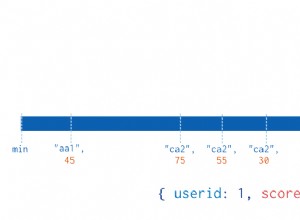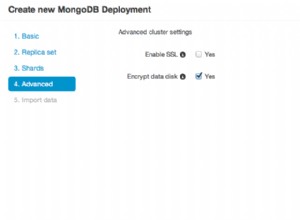Blog mongodb zawiera doskonały post szczegółowo opisujący, jak zaimplementować uwierzytelnianie użytkownika.
http://blog.mongodb.org/post/32866457221/password-authentication-with-mongoose-part-1
Poniższy tekst został skopiowany bezpośrednio z powyższego linku:
Model użytkownika
var mongoose = require('mongoose'),
Schema = mongoose.Schema,
bcrypt = require('bcrypt'),
SALT_WORK_FACTOR = 10;
var UserSchema = new Schema({
username: { type: String, required: true, index: { unique: true } },
password: { type: String, required: true }
});
UserSchema.pre('save', function(next) {
var user = this;
// only hash the password if it has been modified (or is new)
if (!user.isModified('password')) return next();
// generate a salt
bcrypt.genSalt(SALT_WORK_FACTOR, function(err, salt) {
if (err) return next(err);
// hash the password using our new salt
bcrypt.hash(user.password, salt, function(err, hash) {
if (err) return next(err);
// override the cleartext password with the hashed one
user.password = hash;
next();
});
});
});
UserSchema.methods.comparePassword = function(candidatePassword, cb) {
bcrypt.compare(candidatePassword, this.password, function(err, isMatch) {
if (err) return cb(err);
cb(null, isMatch);
});
};
module.exports = mongoose.model('User', UserSchema);
Użycie
var mongoose = require(mongoose),
User = require('./user-model');
var connStr = 'mongodb://localhost:27017/mongoose-bcrypt-test';
mongoose.connect(connStr, function(err) {
if (err) throw err;
console.log('Successfully connected to MongoDB');
});
// create a user a new user
var testUser = new User({
username: 'jmar777',
password: 'Password123'
});
// save the user to database
testUser.save(function(err) {
if (err) throw err;
});
// fetch the user and test password verification
User.findOne({ username: 'jmar777' }, function(err, user) {
if (err) throw err;
// test a matching password
user.comparePassword('Password123', function(err, isMatch) {
if (err) throw err;
console.log('Password123:', isMatch); // -> Password123: true
});
// test a failing password
user.comparePassword('123Password', function(err, isMatch) {
if (err) throw err;
console.log('123Password:', isMatch); // -> 123Password: false
});
});




